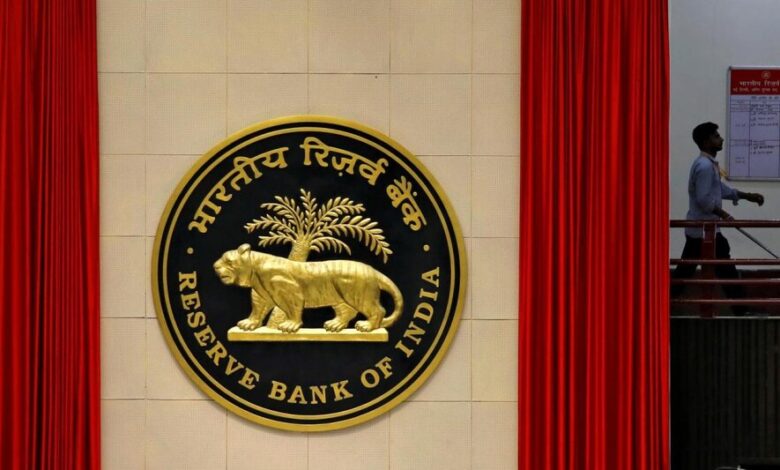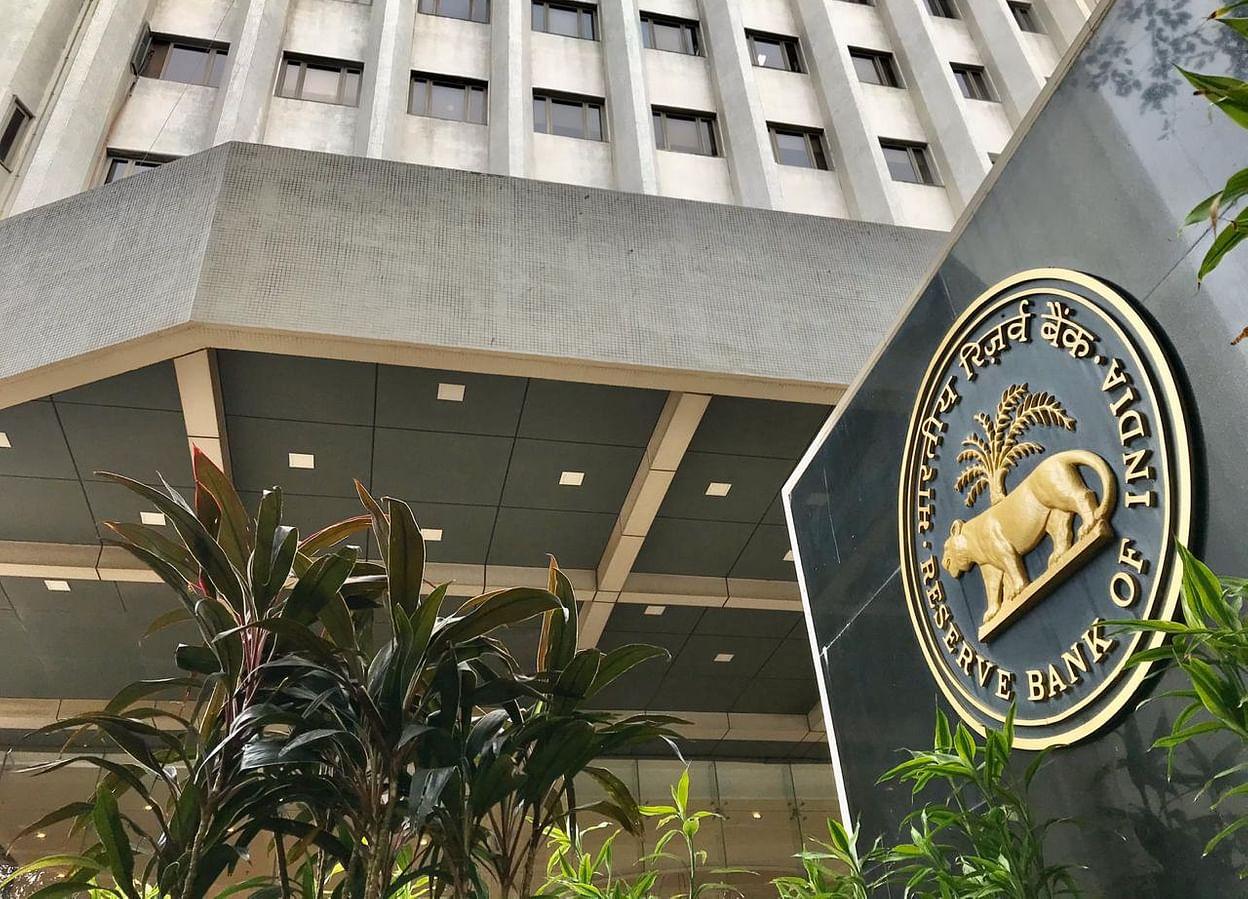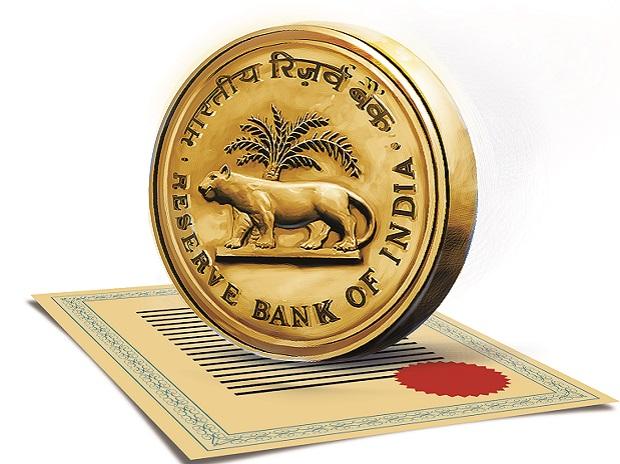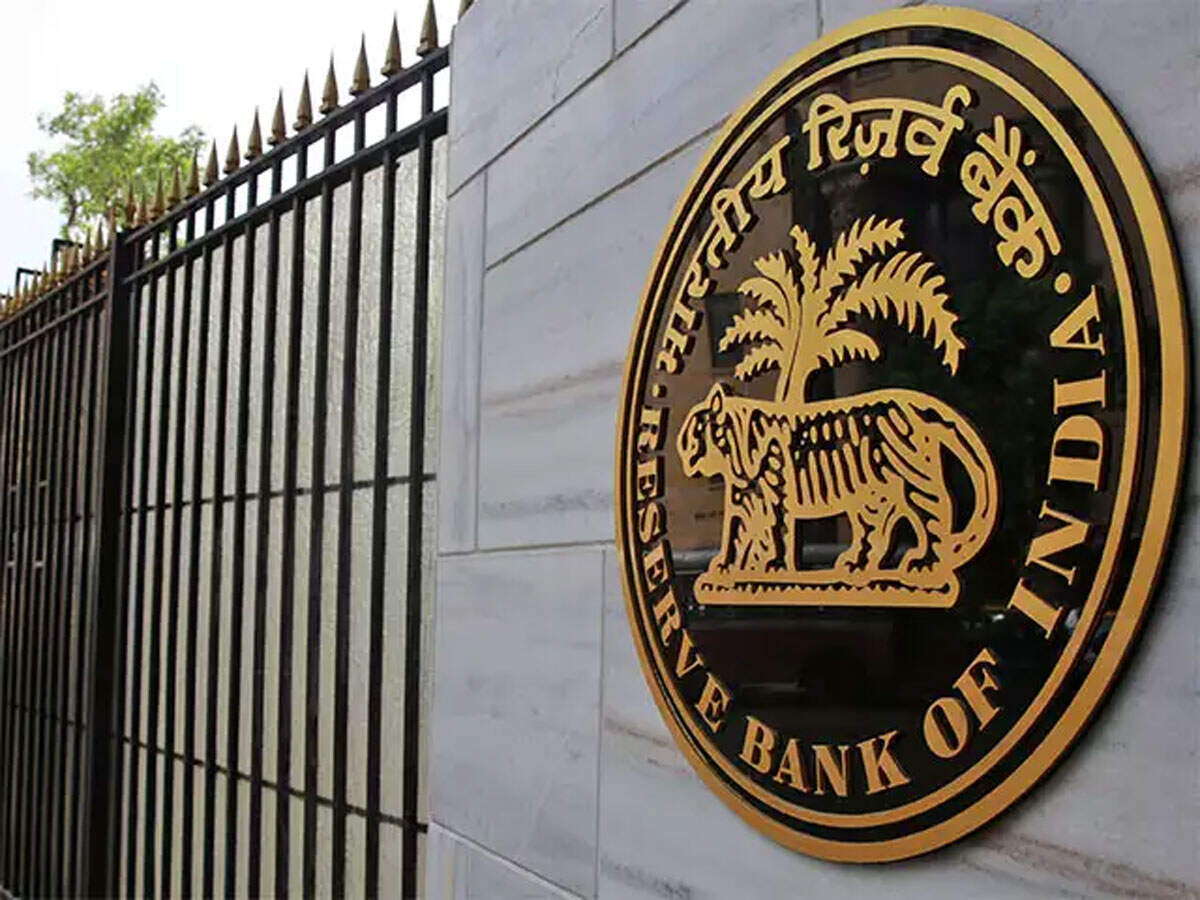Will the RBI report put an end to the conflict in the payments industry?

The RBI wants to publicly create a payment and settlement system that caters to users with various means of payment and allays service providers’ worries about their sustainability.
To balance out the competing interests of payers, beneficiaries, and intermediaries offering these services, the Reserve Bank of India (RBI) has published a discussion paper to review the fees assessed on various digital payment systems already in use.
It asks for opinions from the general public on the best course of action for developing a framework that is practical, secure, and affordable for users; fairly covers the costs of maintaining reliable systems; and encourages private operators to operate at a time when digital transactions in the nation are at an all-time high.
A third party, referred to as a payment service provider (PSP), makes sure the other side receives the payment and the transaction is successful every time you swipe your card, scan a QR code, send money to a vendor, or receive one from a company.
The PSP charges any party for its work (whether to cover its overheads or invest in and run the business and make a profit). Card networks, the National Payments Corporation of India (NPCI), prepaid payment instrument (PPI) issuers, banks and non-banks that issue cards and wallets or accept payment instruments, as well as payment aggregators and gateways, are all examples of PSPs.
In a funds transfer payment system, the originator of the payment instruction is often where the charges are recovered. They are known as the merchant discount rate in a merchant payment system and are subtracted from the amount the merchant is owed (MDR).
According to the discussion paper, the ownership structure of the PSP is what determines cost and returns. For instance, the RBI itself owns and runs the RTGS and NEFT systems. The not-for-profit NPCI manages the IMPS, RuPay, United Payment Interface (UPI), and other services, while privately owned for-profit companies manage others.
The UPI stands up as a particularly intriguing example among these. As of fiscal 2022, the UPI represented 84 trillion in value and 46 billion in transaction volume, accounting for 64% of all digital volume in India, with a record 380% CAGR over the previous five years.
Beginning on January 1, 2020, the government will enforce a framework with zero fees for UPI transactions. In addition, the Ministry of Finance stated on August 22, 2022, a long time after the discussion paper was published, that it had no intention of imposing fees on UPI payments and would keep providing financial assistance to advance the nation’s digital payments ecosystem.
It has set aside Rs. 1,500 crores as financial incentives for digital payments for the fiscal year 2022. This fiscal year, it has extended this support, which, according to the company, could be used to claim revenue loss due to UPI’s absence of an MDR. It has also set up the necessary infrastructure for businesses to accept digital payments, encouraged their use for toll collection, and promoted their use.
Even earlier, India’s push for digitalization included routine government and regulatory engagement to lower fees and assure greater acceptance of payment methods among customers and merchants.
For instance, the RBI altered the MDR requirements for debit cards in September 2017. In January 2018, this underwent yet another adjustment, with various charges depending on the revenue of the business being applied to both physical and QR-based transactions.
However, the RBI has likely been pushed by the rapid growth of digital payments to make the conversation public, review the system with the stakeholders, resolve any potential conflicts, and further streamline the procedures.
Although the discussion paper leaves many options open, the central bank’s position is made clear by the detailed questions that are asked after each system is described. These questions state that for an efficient payments system to function at this scale, it is equally crucial to ensure the viability of all parties involved in the transaction as well as adequate returns for PSPs.
According to UPI, it has been proposed that comparable fees should be assessed, at least for fund transfer transactions, using a tiered structure because the system is similar to IMPS. It has asked for opinions on the various systems based on a total of 40 questions, which range from the nature and reasonableness of the fees under each system to which ones are desirable, who should administer them, whether they should be regulated, and which ones could be monitored for revision with the consent of the stakeholders.
Changing trends in the payments industry in 2022
Following the epidemic, the revolution in the payments sector has continued to pick up speed. Consumers have come to anticipate the ease and flexibility that digital payments can offer, so the industry has had to develop quick-to-market and cutting-edge solutions to keep up with demand.
Throughout 2022, the payments industry must remain on top of this shifting market while retaining the trust of merchants and customers. To stay competitive, the payments sector will likely innovate in a few key areas during the upcoming year.
Since the epidemic, the buy now, pay later (BNPL) industry has flourished. Although the concept behind this technology is not especially novel, merchants and financial institutions can no longer ignore BNPL due to its growing popularity among customers.
Businesses may raise their profits by offering simple and adaptable payment options for online transactions, since this boosts both sales volume and conversion rates for expensive goods. As a result, the average order value rises and the issuers earn fees and interest.
There are numerous methods we may anticipate the sector to develop given that BNPL’s popularity is anticipated to rise throughout the upcoming year. Merchants will be searching for methods to customize the BNPL experience in 2022, making it simpler for customers to purchase in-person or online whenever and wherever they choose. As a result, consumers will have more choice and control over their purchases, which can help distinguish the products offered by different merchants and foster customer loyalty.
We may anticipate seeing this type of payment move into stocks and cryptocurrencies more readily, allowing customers to invest in stocks and cryptocurrencies more readily. BNPL’s primary goal is to help consumers reduce the financial stress they experience when making major purchases.
Additionally, BNPL appears to be essential for SMBs in 2022. This payment option can help SMBs compete on an equal footing with major retailers by enabling them to give their customers more flexible payment options.
As BNPL’s popularity grows, more companies are starting to provide their BNPL products, making it challenging for merchants to choose the best partner given the plethora of participants in the market. For merchants to receive the finest service possible in the upcoming year, the sector will need to consolidate, pushed by banks and financial institutions. Through this combination, banks will be able to win back customers while offering them cutting-edge payment options.
The year 2022 appears to be another one of growth for the cryptocurrency industry. Crypts used to be regarded as futuristic and out of reach for the average consumer, but things are quickly changing. Although Bitcoin, the first and most well-known cryptocurrency, was introduced in 2008, there have been thousands more digital assets made available to users in recent years.
Cryptocurrency is decentralized digital money since it lacks a centralized payment system like a bank or government. Blockchain technology is used to record and safeguard transactions, which are carried out anonymously. Purchases are made through cryptocurrency exchanges and are then saved in the user’s digital wallet. With cryptocurrency, users may send money across the globe in a matter of seconds and for a fraction of the price of more conventional means like wire transfers.
The use of cryptocurrencies is now possible in an increasing number of marketplaces thanks to technology, and a recent WorldPay from FIS Generation Pay survey indicated that 20% of customers are now interested in making purchases using cryptocurrencies. The number and popularity of cryptocurrencies are growing, and this trend will last until 2022.
Since there is a bigger than ever demand for cryptocurrencies, businesses need to be ready and have the necessary technology in place so that they can adapt to the constantly changing demands of their customers. Several companies, including Microsoft, PayPal, Venmo, and Square Cash, now accept cryptocurrencies, while Starbucks customers may use the Bakkt app to pay with converted Bitcoin.
In addition to launching crypto-linked cards that will enable customers to spend digital assets without the merchant having to accept cryptocurrency, Visa has collaborated with 60 crypto platforms to enable consumers to use cryptocurrency at 80 million merchants globally.
To sell cryptocurrency at the point of sale and give customers a smooth payment experience, merchants will need to make use of these new payment technologies throughout the upcoming year. Businesses will be able to reach new clients who want to use cryptocurrency as a form of payment thanks to technologies that can interface with merchants’ current channels. Additionally, as more companies start to accept cryptocurrencies, their viability and value will rise.
Interoperability is one problem caused by the cryptocurrency industry’s rapid expansion, and it appears that this will be a major subject in the upcoming year.
The quantity and variety of cryptocurrency tokens have greatly increased as a result of various use cases for cryptocurrencies (such as Defi, NFTs, stablecoins, etc.), creating a vast yet incredibly fragmented crypto cosmos. As the crypto market expands and stays a linked ecosystem, how consumers and companies may interact across various blockchain protocols, tokens, etc. will be a crucial issue of debate.
To boost crypto interoperability, Visa has already started looking into this and recently revealed plans for a hub that would house different blockchain networks. Throughout 2022, a growing number of businesses will make technological investments to address the interoperability issue.
In 2022, there will be additional regulatory monitoring since BNPL and cryptocurrency are both expected to grow in significance in the daily lives of consumers. Consumer protection will be prioritized via stricter regulations, which will enhance the BNPL and cryptocurrency businesses.
There isn’t yet legislation in India that deals particularly with BNPL, but as more information becomes available, this law will start to take shape. A public survey on BNPL has just ended, and it appears that these products will soon be included in a regulated legal framework. Regulation will also encourage consolidation as banks and other financial institutions search for partners that can deliver their BNPL products in compliance with the regulation.
Regulating cryptocurrencies might ease market uncertainty and encourage firms and even governments to enter the sector, although they are now hesitant to do so due to industry volatility. Any legislation is likely to concentrate on safeguarding consumers from losses by overseeing exchanges, and this might free up room for central banks to step up their efforts regarding central bank digital currencies (CBDC). However, any legislation must take care to avoid impeding cryptocurrency innovation, which would be harmful to the sector.
The payments industry has already changed significantly from a decade ago, and innovation is expected to continue far into 2022. With the continued success of BNPL and cryptocurrencies, it is obvious that digital payments have become commonplace and that a cashless world is drawing nearer.
However, as more cutting-edge technologies lead to a more individualized and customized payments industry, the regulatory structure will have to adapt to meet demand. Businesses and merchants need to work with the proper payment partner to take care of both present and future needs if they want to overcome the challenges of the upcoming year.
edited and proofread by nikita sharma




